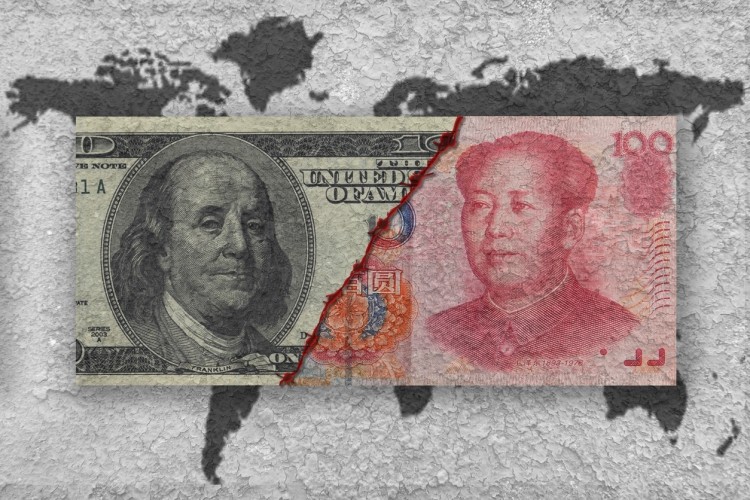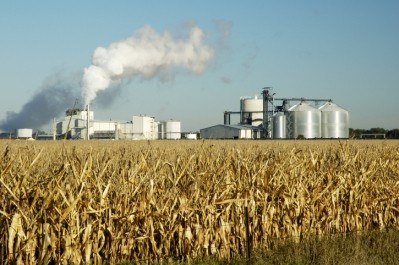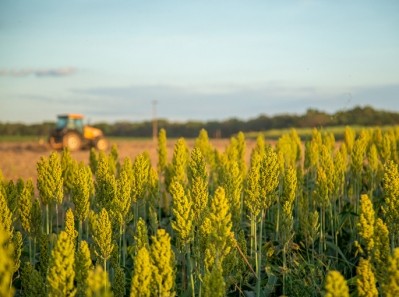China to cut import VAT on US DDGS

The Ministry of Foreign Affairs in China announced last week that it would be cutting the 11% value-added tax (VAT) for dried distillers grains with solubles (DDGS) imported from the US, said Tom Sleight, president and CEO of the US Grains Council. However, it remains unclear when the change will take effect and additional import challenges remain.
“It’s not quite clear,” he told FeedNavigator. “The Ministry of Foreign Trade has to communicate with local customs bureaus – we’re not entirely sure how quickly that will happen.”
The intention may be for the change to have taken place right away, but communication between departments may take time, he said.
The timing of the announcement may have been done in conjunction with the visit from the US President Donald Trump to China, he said. Although there also had been some discussion previously that the value-added tax was being evaluated.
“It was certainly timed well with the president’s visit,” said Sleight. “And being aware that trade is an issue definitely helps.”
Duties, fees and taxes recap
However, there is no indication at this point, what the change in value-added tax may mean for the additional fees charged for importing the feed ingredient, said Sleight.
“It’s a step in the right direction,” he said. “The trade relationship is complicated and not at peak right now.”
In January 2016, the Chinese Ministry of Commerce said it was starting an anti-dumping and countervailing duty investigation on the import of US DDGS into the country, the Council said. The outcome of those cases included adding duties and ending the exemption from the VAT.
In early 2017, China announced that it was adding anti-dumping duties on imported DDGS of up to 53.7% and an anti-subsidy tariff range of 11.2 to 12%.
Market influence and expansion
The change to import costs is expected to make the US more competitive in the Chinese feed ingredient market, said Sleight. “It’s good news – it’s a step in the right direction,” he added.
“It means that the US is more competitive on DDGS now,” he said. “It does not mean that we’re going to see a wild rash of sales. We still have anti-dumping and countervailing duties are in place, but at least one tax has been removed.”
Technically the change means that an exemption to the value-added tax has been reapplied to DDGS, he said. It may not completely reinstate the previous market that US DDGS had in China, but every reduction in fees helps.
There was some thought that the imposition of the tariffs would help the Chinese domestic industry that also produces feed ingredients, he said. “But there is the reality that China does have a large demand for [feed], they’re the largest importer of feed grain products and co-products and DDGS are a competitively priced product,” he added.
Since the imposition of the additional costs, imports to China have dropped, said Sleight. Previously, the country was the top importer of the feed ingredient.
The price of the feed ingredient also has fallen since losing market share in China, he said. “The price really dropped once China stopped importing,” he added.
In 2015, China imported about 5.4m metric tons of US-generated DDGS, the Council reported. In 2016 that amount dropped to 3.3m metric tons and, thus far, in 2017 the country has imported about 739,000 tons.
“What’s happened in the meantime is other markets have picked up what China is usually buying off the marketplace,” said Sleight.
The Council has been focusing on developing alternative markets for the feed ingredient in several countries and regions including Japan, Korea, Vietnam, Mexico and North Africa, he said.












